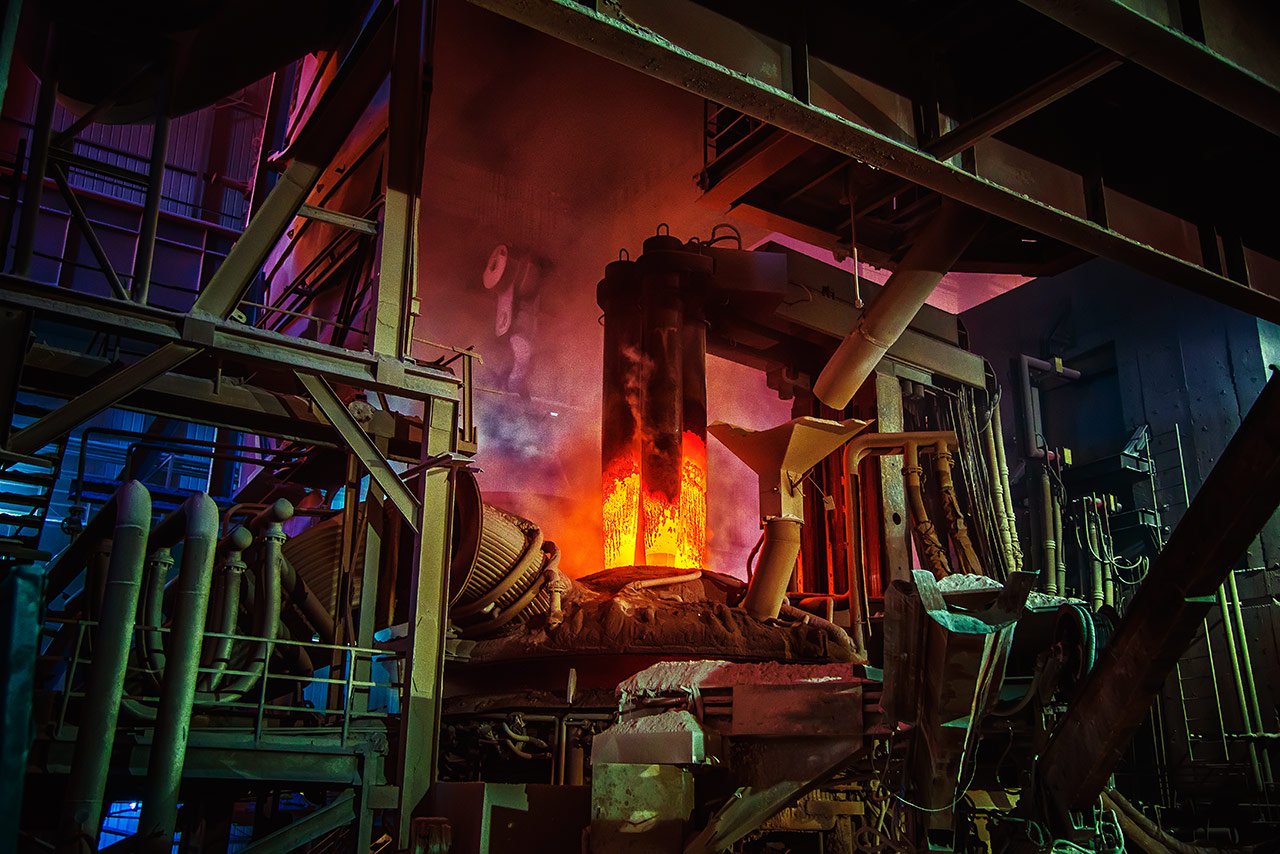Almost a quarter of global greenhouse gas emissions come from the industrial sector. Steel and cement are the two highest-emitting industry subsectors, followed by the chemical subsector. Together, these three contribute nearly 70 per cent of total industrial emissions. Cement and steel are the basic elements in buildings and infrastructure. The chemical sector produces fertilisers needed to feed our growing populations, as well as plastics. Demand for these products will remain strong in the following decades to support a growing and increasingly urbanised global population.
Industry-related emissions are among the most challenging to decrease mainly due to:
Emissions from non-combustion processes account for nearly a quarter of industrial emissions. These can’t be avoided by switching to alternative fuels or through energy efficiency improvements. This is particularly challenging in cement production where 65 per cent of emissions come from the calcination of limestone. Process emissions are also considerable in iron and steel, aluminium and ammonia production.
A large share of industrial CO₂ emissions comes from burning fuel to generate high-temperature heat – a primary reason for the fossil-fuel reliance of industry. Process temperatures range between 700°C to over 1600°C. Abating these emissions by switching to alternative fuels or zero-carbon electricity is difficult and costly. Additionally, in iron and steel production, coke has multiple roles alongside heat production. This makes it impractical to replace coke combustion with an alternative source of process heat. One potential solution is to replace coke with hydrogen produced with renewable electricity. This way, the process emits water instead of carbon dioxide.
Different approaches and technologies are needed in the industry sector’s energy transition.
Alongside energy- and material efficiency, electrification (including electrolytic hydrogen) and direct use of renewables, we expect carbon capture, utilisation and storage (CCUS) to play a critical part.
CCUS can directly address key challenges related to process emissions, the combustion of fossil fuels for high-temperature heat and the lock-in of existing infrastructure. While CCUS is especially a solution for key industry sectors (cement, iron and steel, chemicals), it’s also applicable in other heavy polluting sectors. Additionally, CCUS can support the generation of negative emissions through bioenergy with CCS (BECCS). This can for example involve processes where biomass is burned to generate energy (e.g. power plants, pulp mills) and refineries producing biofuels through fermentation (bioethanol).
CCUS also has a wider connection to the whole energy system transition where electrification, power-to-x technologies and sector coupling are key elements. Captured carbon can be utilised in production of synthetic fuels, which is an important element in the decarbonisation of the transport sector. In the future we might see industrial hubs, multi-user hub-and-cluster facilities, where industry and production of synthetic fuels are coupled together.
The energy sectors of the world make our everyday lives go around. They are the main contributors to global CO₂ emissions, and as such they hold the key to our salvation.

Transport is the largest oil-consuming sector today, it accounts for a fifth of global energy demand and the sector is responsible for a quarter of energy-related CO₂ emissions.

